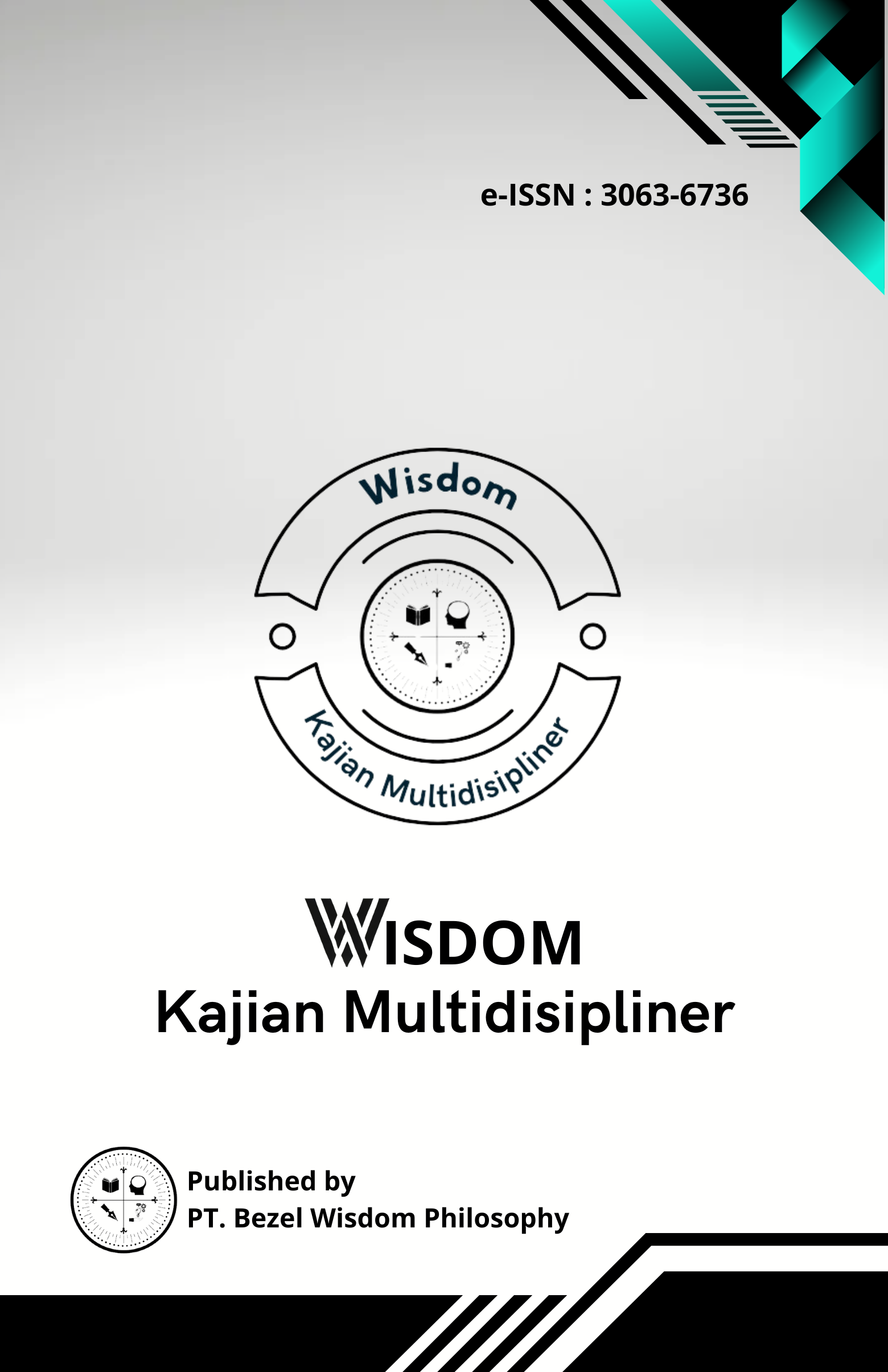Applying Deep Learning to Enhance Conceptual Understanding in Islamic Education within Digital Learning Environments
Keywords:
Deep Learning, Conceptual Understanding, Islamic Education, Digital Learning EnvironmentsAbstract
This study explores the application of curriculum deep learning strategies to enhance students' conceptual understanding in Islamic education within digital learning environments. The research addresses the challenges posed by traditional learning methods, which often fail to engage students deeply and promote critical thinking. Using a mixed-method approach involving 51 elementary school students, the study evaluates the effectiveness of digital tools combined with deep learning pedagogy. The results show a significant improvement in students' conceptual understanding, with post-test scores increasing by an average of 35% compared to pre-test scores. Qualitative data revealed that students found digital learning more engaging and effective in fostering comprehension, although issues like internet connectivity posed challenges. Teachers also highlighted the potential of deep learning strategies but emphasized the need for professional development to optimize digital integration. The findings bridge theoretical and empirical gaps, demonstrating that combining curriculum deep learning with digital tools offers a transformative approach to Islamic education. This study concludes that such integration enhances student engagement, critical thinking, and knowledge retention, making it a viable method for modern educational contexts.
Downloads
References
Abid, A., Murugan, A., Banerjee, I., Purkayastha, S., Trivedi, H., & Gichoya, J. (2024). AI education for fourth-year medical students: Two-Year experience of a web-based, self-guided curriculum and mixed methods study. JMIR Medical Education, 10, e46500. https://doi.org/10.2196/46500
Ahmed, S. F., Alam, Md. S. B., Hassan, M., Rozbu, M. R., Ishtiak, T., Rafa, N., Mofijur, M., Shawkat Ali, A. B. M., & Gandomi, A. H. (2023). Deep learning modelling techniques: Current progress, applications, advantages, and challenges. Artificial Intelligence Review, 56(11), 13521–13617. https://doi.org/10.1007/s10462-023-10466-8
Alivernini, F. (2012). Mixed methods research on learning. In Encyclopedia of the Sciences of Learning (pp. 2280–2284). Springer US. https://doi.org/10.1007/978-1-4419-1428-6_846
Antonsen, Y., Aspfors, J., & Maxwell, G. (2024). Early career teachers’ role in school development and professional learning. Professional Development in Education, 50(3), 460–473. https://doi.org/10.1080/19415257.2024.2306998
Aydınlar, A., Mavi, A., Kütükçü, E., Kırımlı, E. E., Alış, D., Akın, A., & Altıntaş, L. (2024). Awareness and level of digital literacy among students receiving health-based education. BMC Medical Education, 24(1). https://doi.org/10.1186/s12909-024-05025-w
Beck, D., Morgado, L., & O’Shea, P. (2024). Educational practices and strategies with immersive learning environments: Mapping of reviews for using the metaverse. IEEE Transactions on Learning Technologies, 17, 319–341. https://doi.org/10.1109/tlt.2023.3243946
Idoko, P. E. (2022). Islamic religious education textbooks in a pluralist Nigeria. Religions, 14(1), 42. https://doi.org/10.3390/rel14010042
Jiang, L., Lv, M., Cheng, M., Chen, X., & Peng, C. (2024). Factors affecting deep learning of EFL students in higher vocational colleges under small private online courses‐based settings: A grounded theory approach. Journal of Computer Assisted Learning, 40(6), 3098–3110. https://doi.org/10.1111/jcal.13060
Jin, H.-Y., & Cutumisu, M. (2024). Cognitive, interpersonal, and intrapersonal deeper learning domains: A systematic review of computational thinking. Education and Information Technologies, 29(17), 22723–22756. https://doi.org/10.1007/s10639-024-12744-6
Li, Q., Li, J., Sheng, J., Cui, S., Wu, J., Hei, Y., Peng, H., Guo, S., Wang, L., Beheshti, A., & Yu, P. S. (2024). A survey on deep learning event extraction: Approaches and applications. IEEE Transactions on Neural Networks and Learning Systems, 35(5), 6301–6321. https://doi.org/10.1109/tnnls.2022.3213168
Lim, W. M. (2024). What is quantitative research? An overview and guidelines. Australasian Marketing Journal. https://doi.org/10.1177/14413582241264622
Salas, A., Tan, M., Andrienko, S., Cengiz, K., & Wisco, J. J. (2024). Reaching the top of Bloom’s Taxonomy: An innovative pilot program for preclinical undergraduate and medical school students to create curricula for STEMM outreach/service-learning programs. Frontiers in Education, 9. https://doi.org/10.3389/feduc.2024.1446513
Wang, A., Islam, M., Xu, M., & Ren, H. (2024). Curriculum-Based augmented fourier domain adaptation for robust medical image segmentation. IEEE Transactions on Automation Science and Engineering, 21(3), 4340–4352. https://doi.org/10.1109/tase.2023.3295600
Wang, X., Wang, S., Liang, X., Zhao, D., Huang, J., Xu, X., Dai, B., & Miao, Q. (2024). Deep reinforcement learning: A survey. IEEE Transactions on Neural Networks and Learning Systems, 35(4), 5064–5078. https://doi.org/10.1109/tnnls.2022.3207346
Yakavets, N., Winter, L., Malone, K., Zhontayeva, Z., & Khamidulina, Z. (2022). Educational reform and teachers’ agency in reconstructing pedagogical practices in Kazakhstan. Journal of Educational Change, 24(4), 727–757. https://doi.org/10.1007/s10833-022-09463-5
Zhang, B., Velmayil, V., & Sivakumar, V. (2021). A deep learning model for innovative evaluation of ideological and political learning. Progress in Artificial Intelligence, 12(2), 119–131. https://doi.org/10.1007/s13748-021-00253-3
Downloads
Published
Issue
Section
License
Copyright (c) 2025 Juharoh Juharoh, Arief Sukino, Sumin (Author)

This work is licensed under a Creative Commons Attribution-ShareAlike 4.0 International License.













